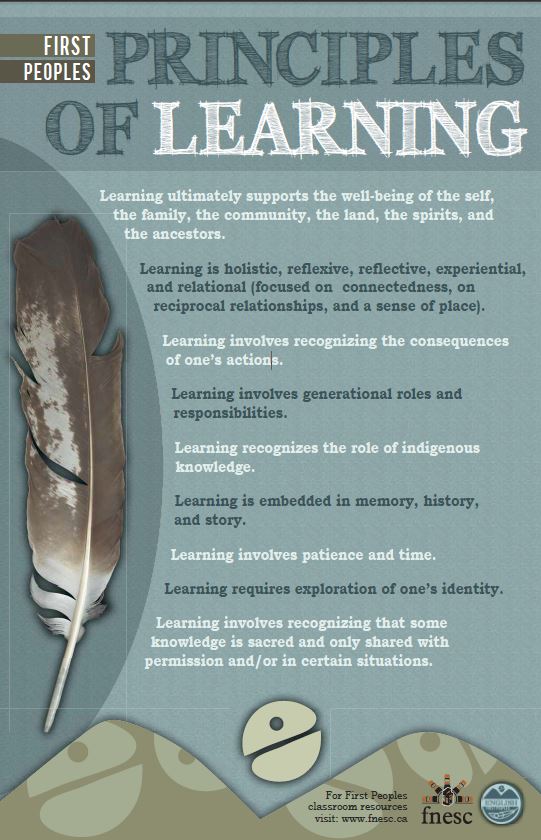The First Peoples Principles of Learning lists a set of learning principles specific to First Peoples. The FPPLs outline benchmarks to consider during the planning process and to achieve as instructors in the process learning through truth and reconciliation and inclusion. FPPL principles are holistic. They incorporate the well-being of self, others, the community, and the land. They also recognize the positive and challenges that can come from the consequences of one’s actions – which I believe to be extremely important for learners to be aware of.
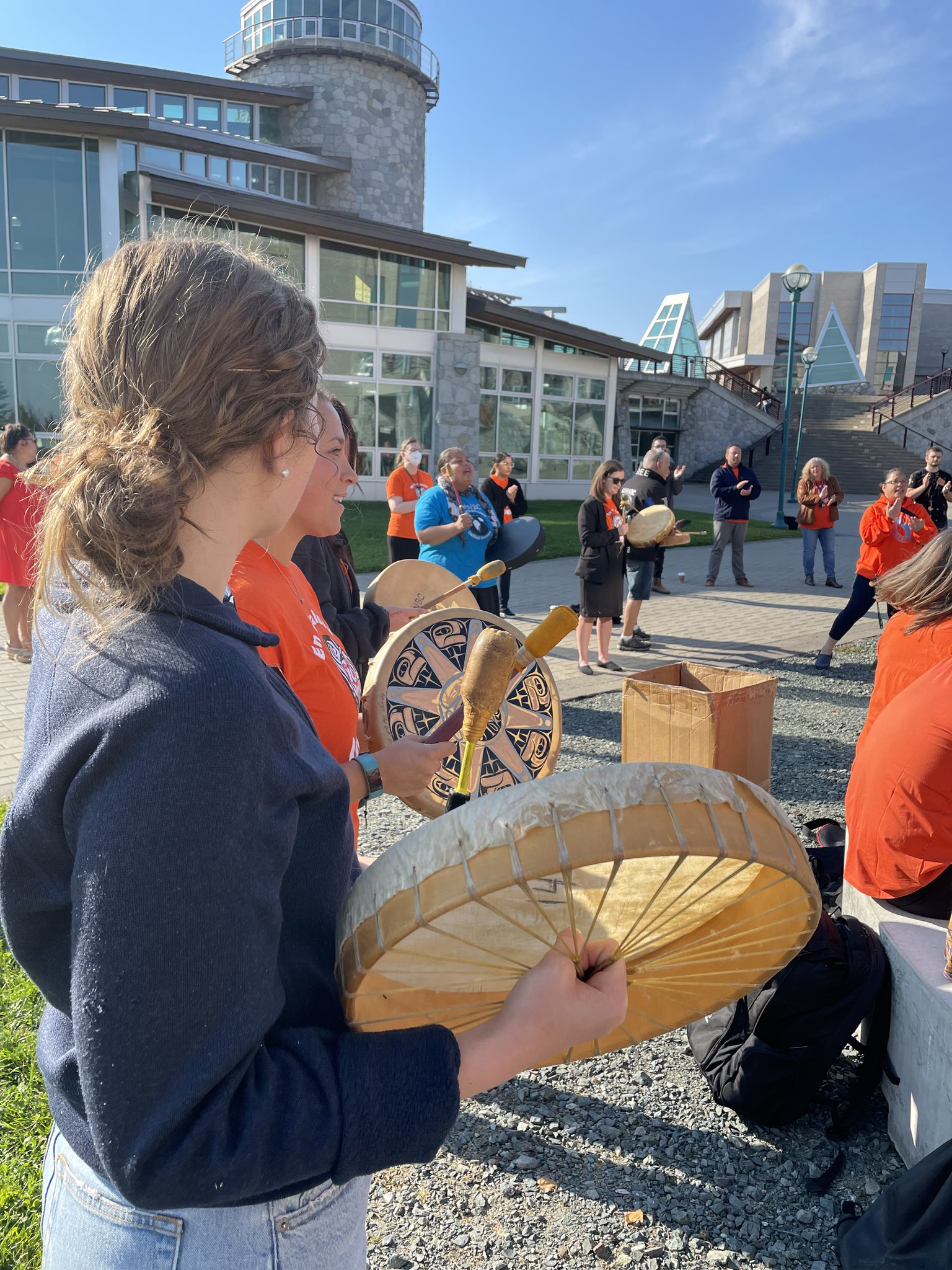
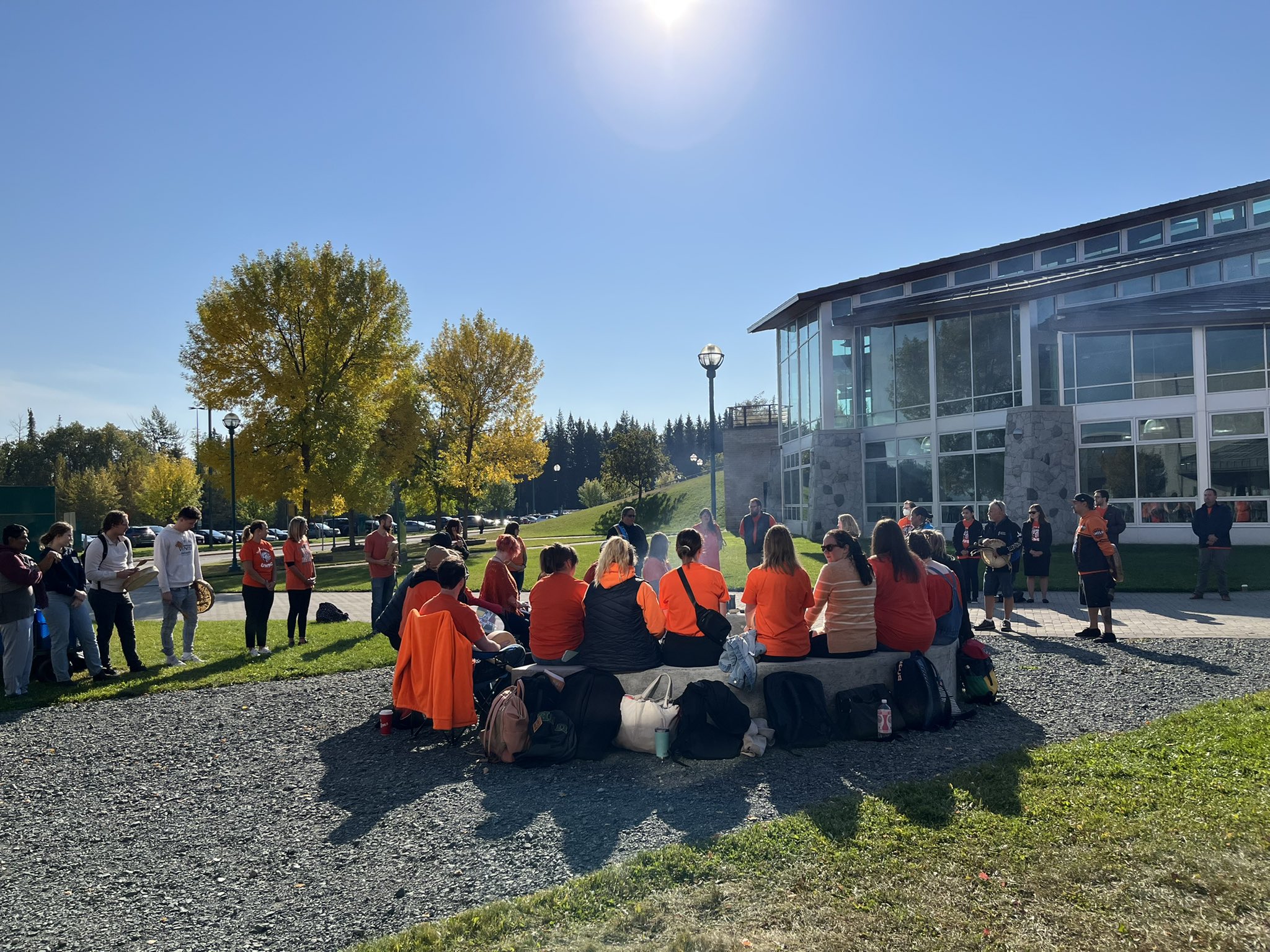
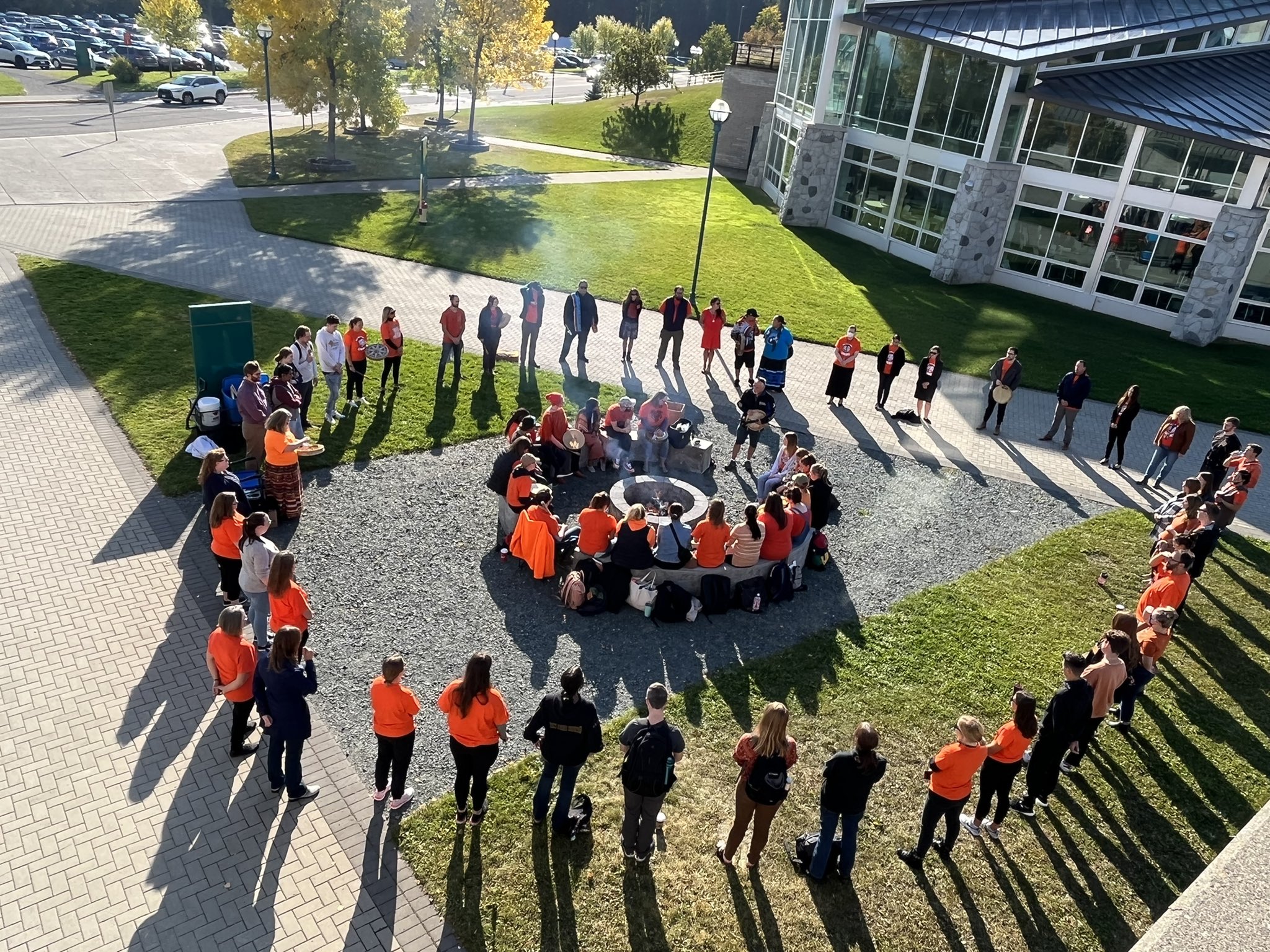

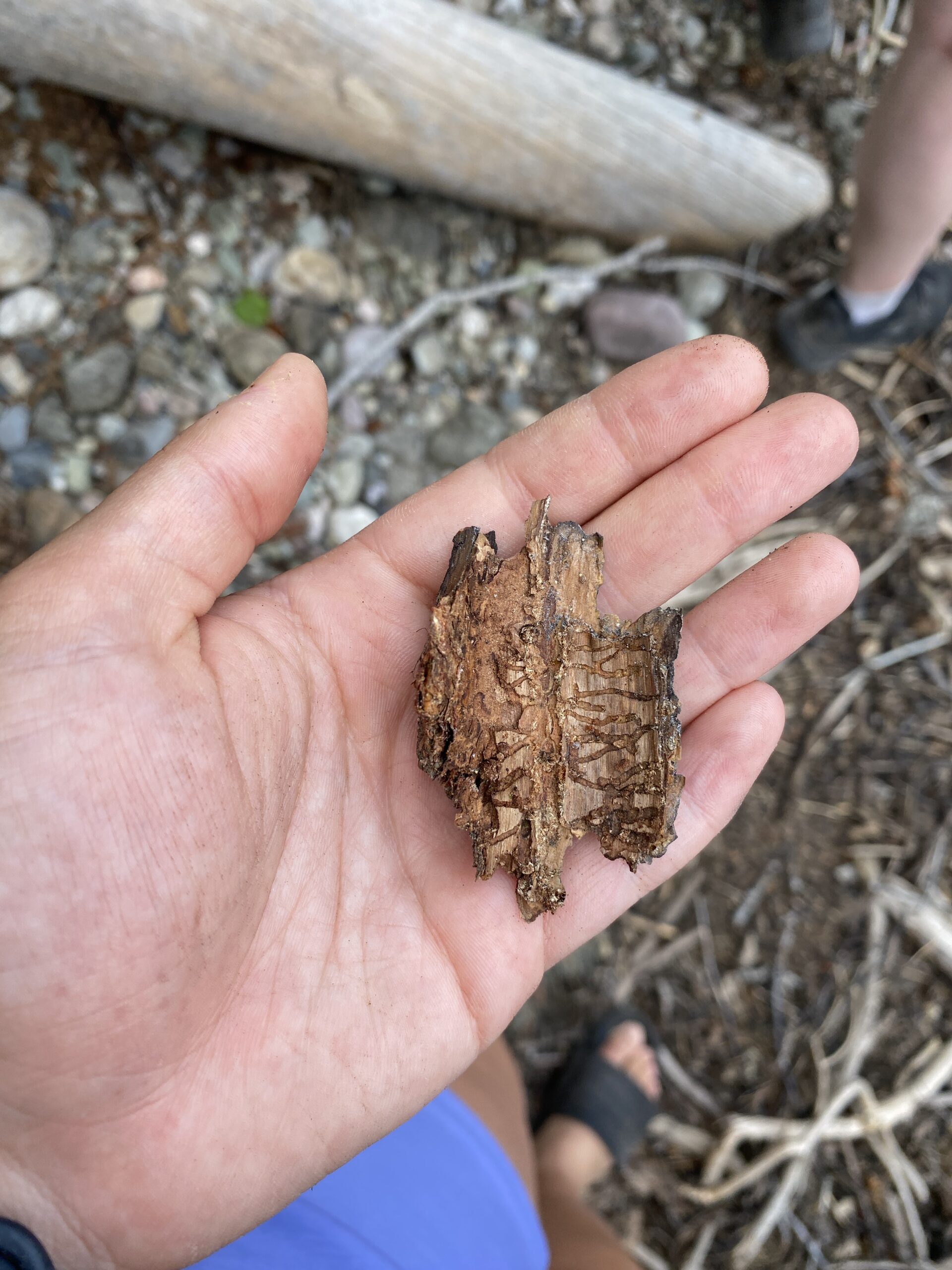
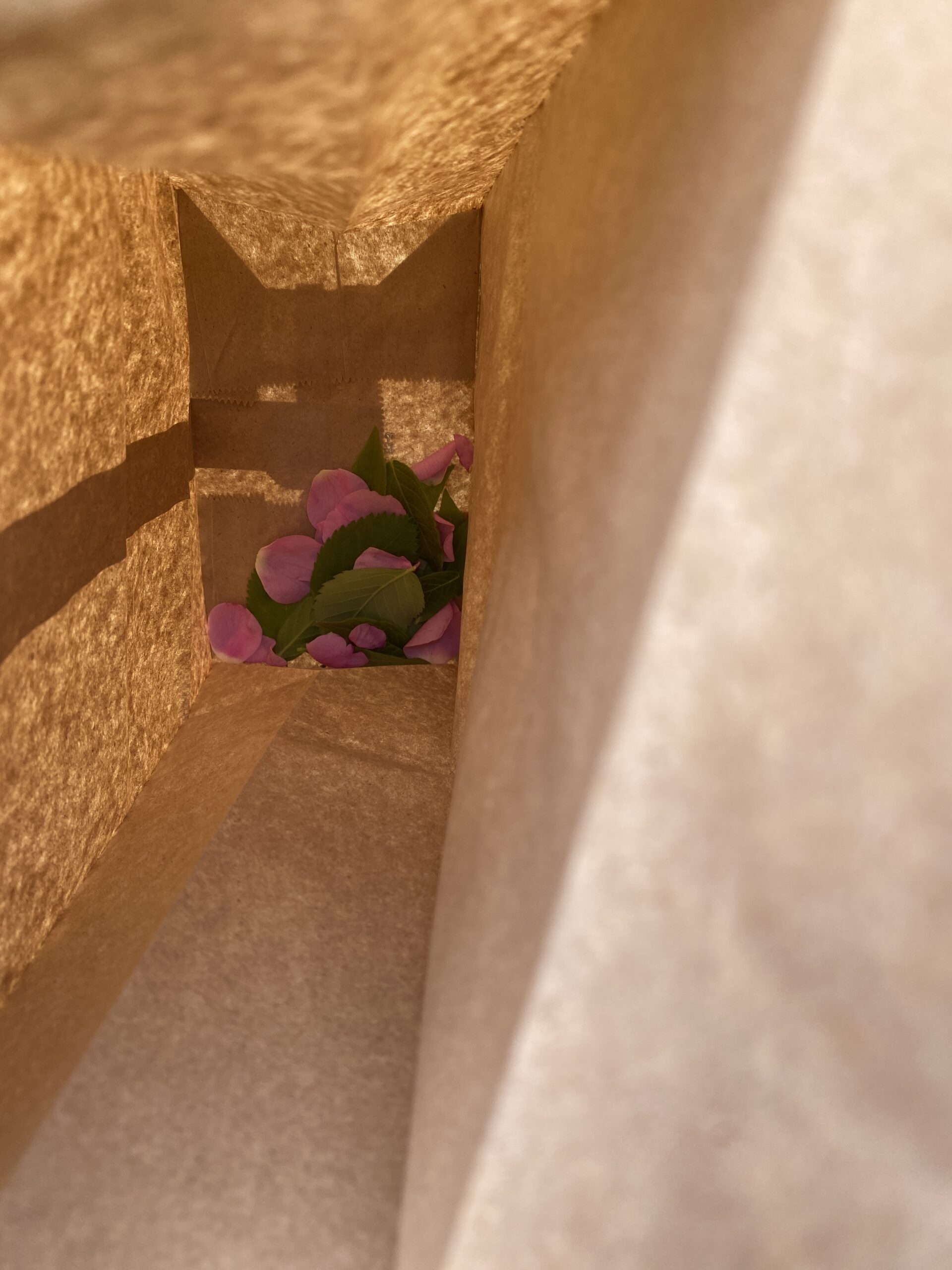
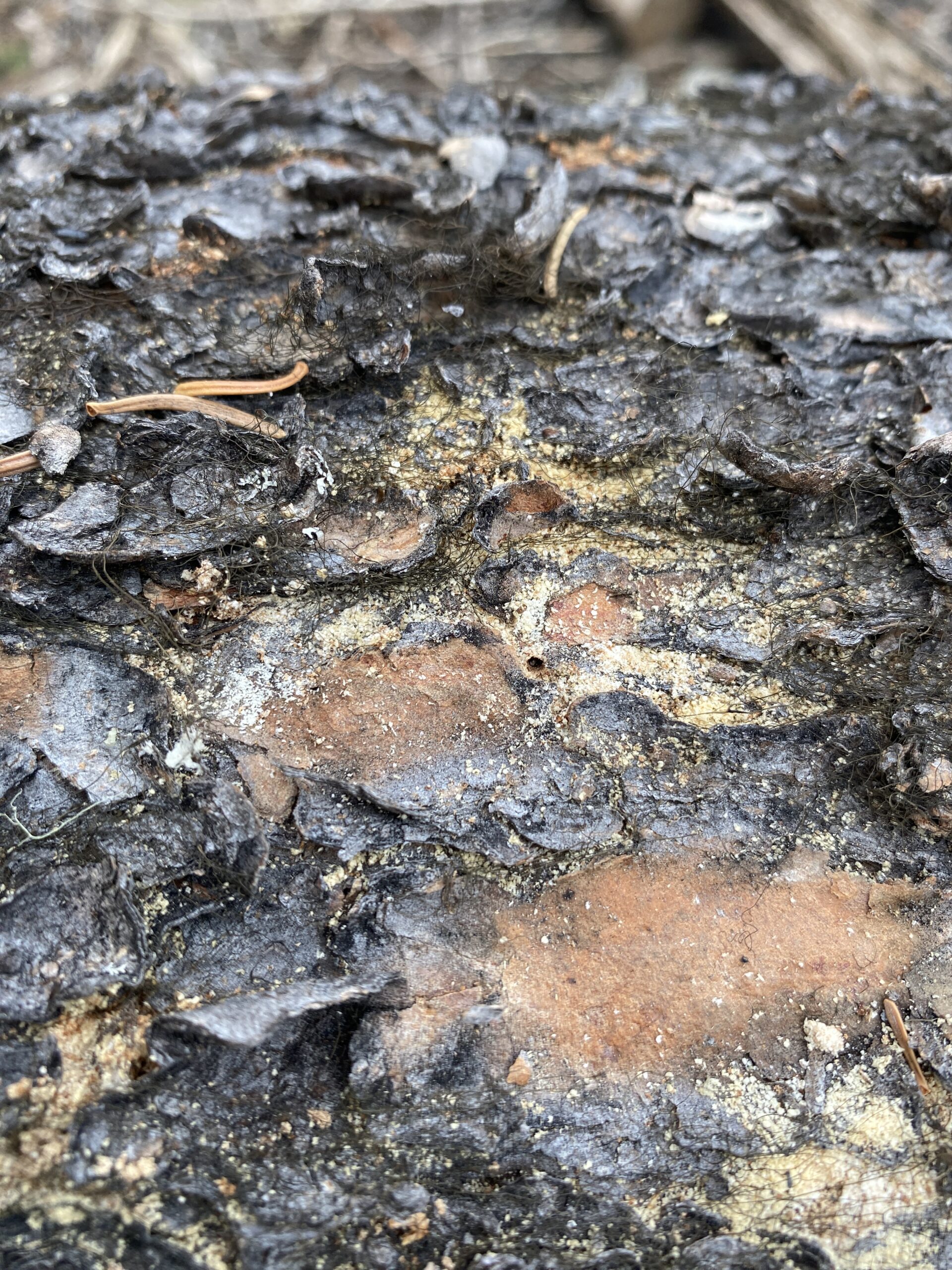
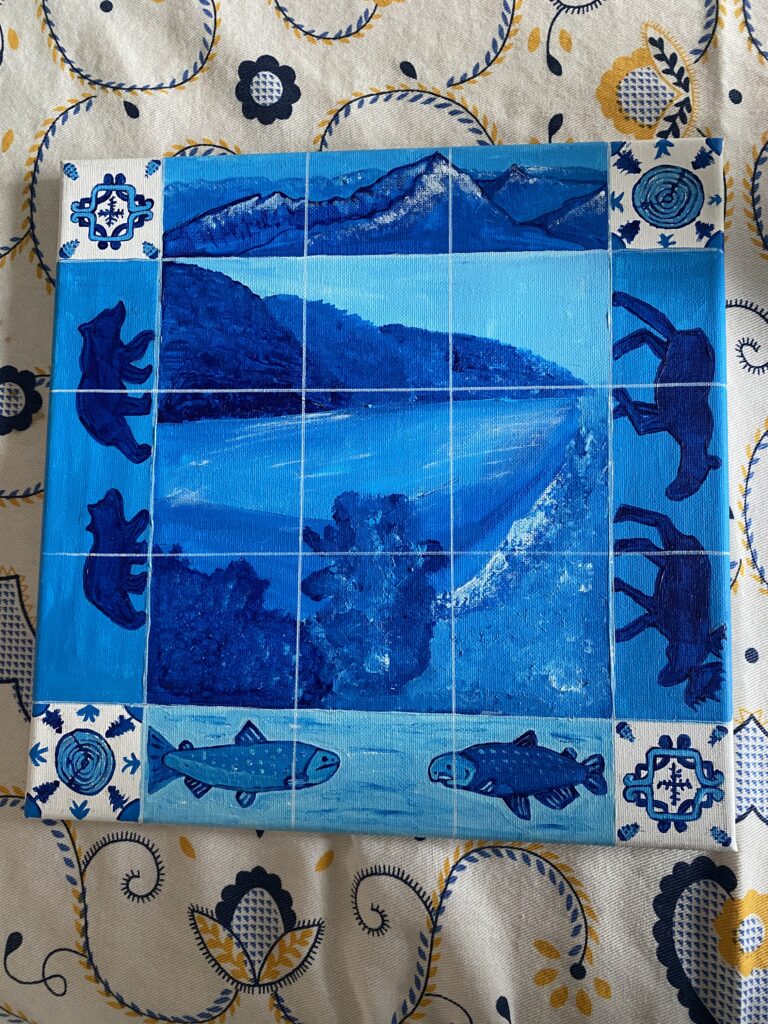
For my project I decided to focus on land as a principle of teaching and what that means to me. To incorporate a deeper sense of identity, I chose to represent features of the land we live on, where I have been privilege to grow up, in the azulejo tile art style that represents my Portuguese heritage. In the top left and bottom right corners, I decided to paint a traditional style design but modified it to have pinecones in the corners and pine needles in the middle. In the opposite corners, I did my best attempt at a cross section of a spruce tree. Both designs symbolize our vast forests in this region that aid in the prosperity of our communities. The middle top section starts with mountains, moves down to Lheidli T’enneh Memorial Park, and ends with a trout and salmon on the bottom. I organized the artwork in this way to flow from the sky, to land, to water – a cycle of reciprocity and relationships that balance our ecosystems. I chose to feature the bear and moose with the smaller following the larger to represent the cycle of learning from those with experience – a value that I believe to be very important. I hope to facilitate a classroom environment that respects the knowledge and experiences that all students can bring and acknowledges the learning that can occur through the land we live on.
